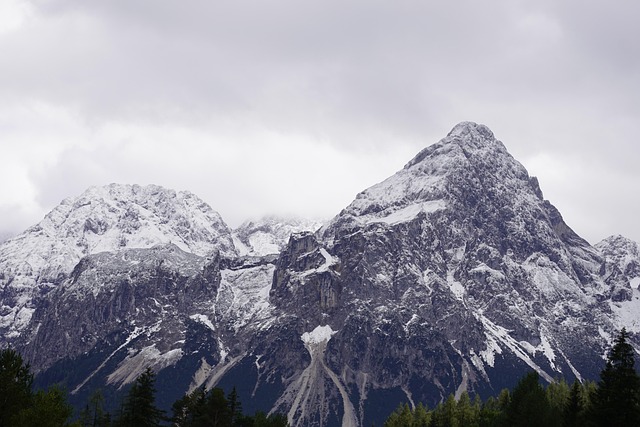Article Title:Life history of Acrosiphonia (Codiolales, Chlorophyta) in southwestern British Columbia, Canada
Abstract:
This study establishes the phenology of the alternate life history phases of the green alga Acrosiphonia in British Columbia, Canada. Free-living, filamentous plants are seasonal, March-July, with peak percent cover (10%) in April. Plants are fertile immediately after establishment. The unicells, previously identified as Chlorochytrium inclusum and Codiolum petrocelidis, are the sporophyte phase of Acrosiphonia. 'Chlorochytrium,' spherical and 160-280 mum in diameter, colonizes the foliose red alga Mazzaella splendens 1 mc, after filamentous Acrosiphonia plants appear. Maximum density (53 'Chlorochytrium' cells/cm(2) of blade) was recorded in May. 'Codiolum,' on the other hand, is stalked (the vesicle measures 150 x 50 mum) and colonizes the red algal crust Petrocelis. Peak density (22400 'Codiolum' cells/cm(2) of crust) was recorded 2 mc, after 'Chlorochytrium' density peaked. The endophytes survive high summer temperatures, which correlate with death of the free-living plants, and overwinter in their hosts. Zoospore release in late winter corresponds to decreased host abundance, suggesting the endophytes have evolved a strategy whereby duration in the host is synchronized with host seasonality. A bet-hedging strategy is proposed for Acrosiphonia's life history: two morphologically different phases have adapted to a seasonally variable environment, with the sporophyte phase capable of colonizing two different hosts.
Keywords: Acrosiphonia; Chlorochytrium; Chlorophyta; Codiolum; endophyte; life history phases; phenology
DOI: 10.2307/3558397
Source:AMERICAN JOURNAL OF BOTANY
Welcome to correct the error, please contact email: humanisticspider@gmail.com



